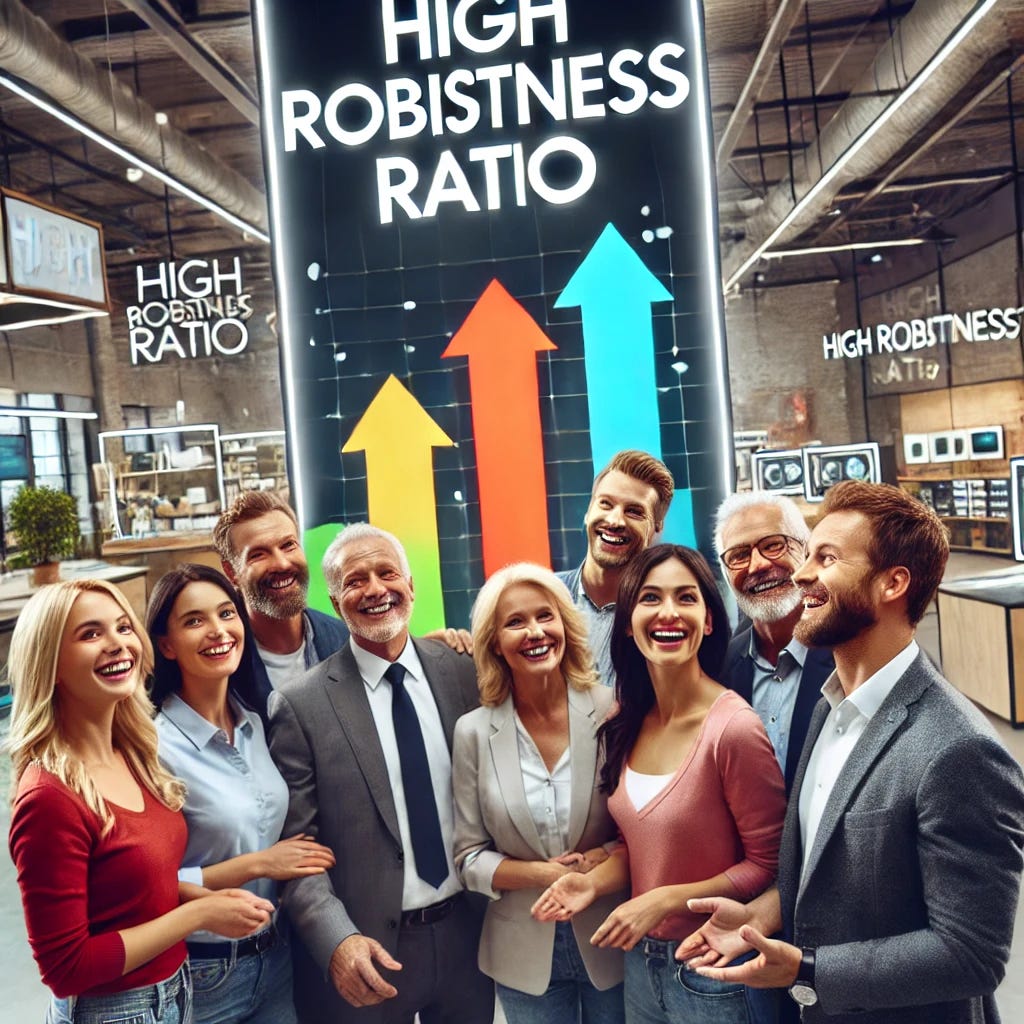Unpacking Nick Sleep's Robustness Ratio: A Deep Dive into Customer-Centric Moats
Nick Sleep's concept of the "robustness ratio," introduced in his 2005 Nomad Partnership letter, offers a profound lens for assessing a company's competitive advantage.
At its essence, the robustness ratio compares the value a company delivers to its customers against the profits it retains for its shareholders.
This simple yet powerful metric sheds light on how businesses balance their interests with those of their customers, revealing insights into their long-term sustainability and market positioning.
“We are drawn to companies whose products or services are regarded as irreplaceable by their customers.” Nick Train
Ultimately, I believe that a company's customers are its most valuable asset, and the ratio helps quantify whether a company is delighting its customers by creating a win-win proposition.
I’d argue that you cannot apply this concept to every company. It is probably most applicable to companies that share economies of scale with their customers. Nick Sleep seems to agree:
This ratio is more appropriate for some companies than others, the prime criteria being that the customer proposition is based on price, such as exists at Costco, as opposed to an advertising-reinforced purchase such as Nike trainers.
Understanding the Robustness Ratio
The robustness ratio is calculated using the following formula:
Robustness Ratio = Customer Value Proposition (Savings or Benefits) / $ Retained for Shareholders
A higher ratio indicates that a company is providing more value to its customers relative to what it keeps for itself.
This often translates into a strong competitive position, as customers are more likely to remain loyal to a business that offers them greater benefits.
Conversely, a lower ratio may suggest that a company is retaining more value at the expense of customer savings, potentially making it more vulnerable to competitors who can offer better value.


